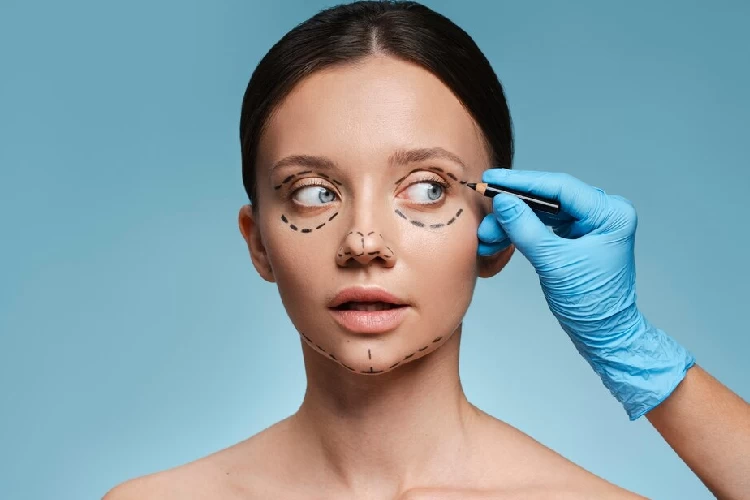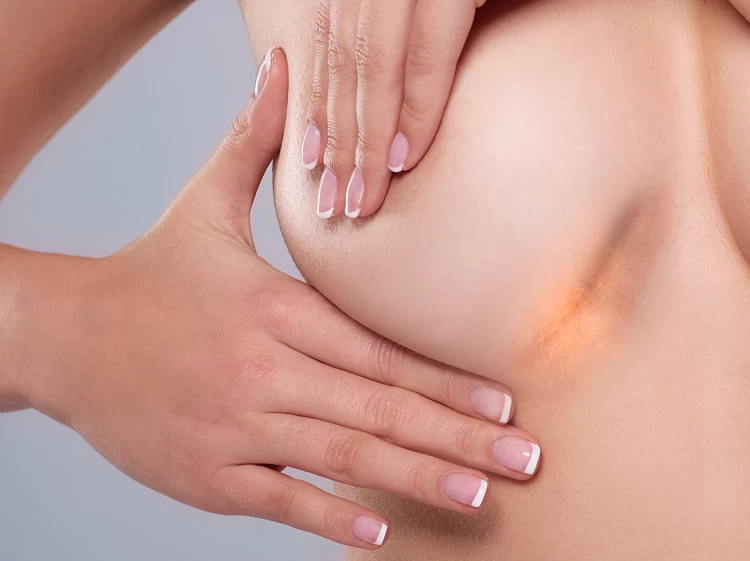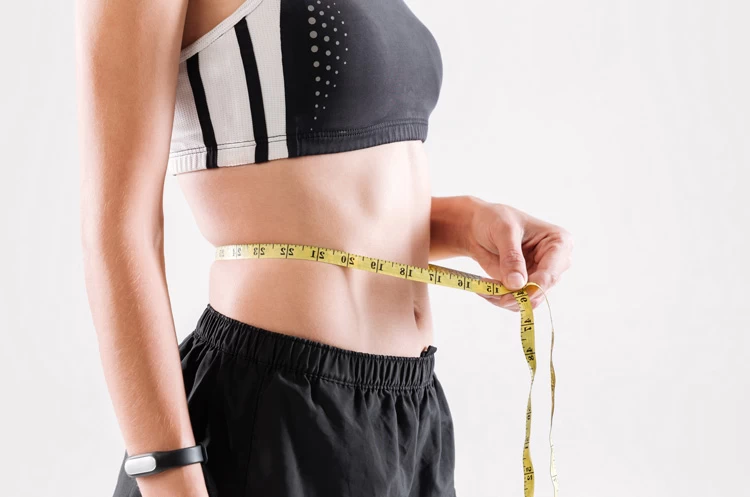Plastic surgeries can improve your appearance, boost your self-esteem, and correct medical conditions like a cleft or septum deviation. On the other hand, almost all of them are costly and involve short-term or persistent complications, such as scarring, swelling, skin discoloration, and infection.
Swelling, bruising, moderate pain, and scarring are inevitable side effects of breast reduction, but in some cases, more serious complications like infection, breast asymmetry, hematoma, and change in the nipple sensation may occur. Luckily, many of these complications can be prevented by choosing a qualified surgeon, taking medical evaluations, and following post-operative instructions.
Male breast enlargement may happen because of hormonal imbalance, genetics, medications, drug abuse, or an underlying health issue like a kidney problem. You can get rid of gynecomastia by both medication therapy and plastic surgery. Two main operations for reducing the size of male breasts are liposuction and mastectomy.
An inverted nipple is harmless, but it may interfere with your breastfeeding, lower your self-confidence, and impact your sexual activity. Based on the grade of nipple inversion, the doctor suggests using Hoffman's technique, suction devices, nipple piercings, or getting cosmetic surgery. Although nipple surgery fully restores the nipples, it might harm all or some of the milk ducts.
Avoiding strenuous activities, getting enough rest, following a balanced diet, and wearing a compression bra after breast reduction surgery reduce the discomfort and swelling and help achieve greater results. Wearing a compression bra for at least six weeks after the reduction mammoplasty is recommended.
The extent of cuts in breast reduction surgery depends on the objective of the operation and the patient's skin type. The scars of reduction mammoplasty get pale over time; however, some of them linger for a year or more unless the patient gets help from anti-scar products and invasive treatments like chemical peeling and laser therapy.
In breast reduction, the surgeon removes a certain amount of fat, tissue, and skin based on weight. If you lose weight after this operation, your breasts will look saggy and less proportioned to your upper body. So, reaching a normal and healthy weight (BMI between 19 and 29) months is suggested before reducing mammaplasty.
Breast reduction surgery is done in two ways: open surgery and liposuction. Depending on how much fat and tissue should be removed, the surgeon will make either a lollipop incision or an inverted T one. In any case, you should expect pain, swelling, bruising, and scarring after this surgery.
Based on reviews and surveys, the best countries for breast reduction are Iran, Turkey, USA, South Korea, India, and Mexico. Factors like the quality of surgical technologies, the surgeon's expertise, and the operation's costs affect patients' consent.
Breast tissues and glands may get larger than normal due to hormonal imbalance or genetic factors. So, women of all ages can get breast reduction surgery to eliminate their pain and discomfort. Despite having no specific age, experienced doctors believe that the best age range for breast reduction surgery is 18 to 65.


![How To Get Rid Of Gynecomastia? [Surgical Treatments + Essential Diet] Gynecomastia Surgery](https://hws.raadinahealth.com/images/user_upload/blog/male-breast/Gynecomastia72_1690969478_main.webp)






